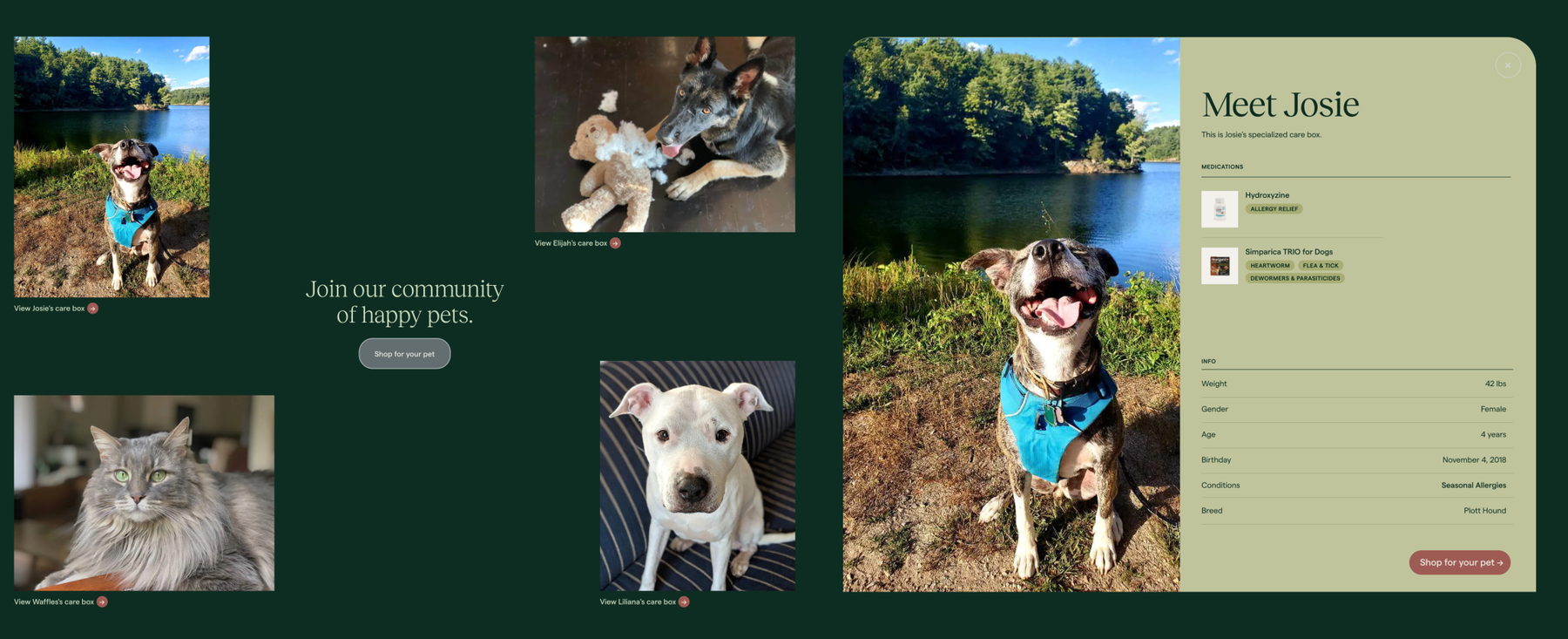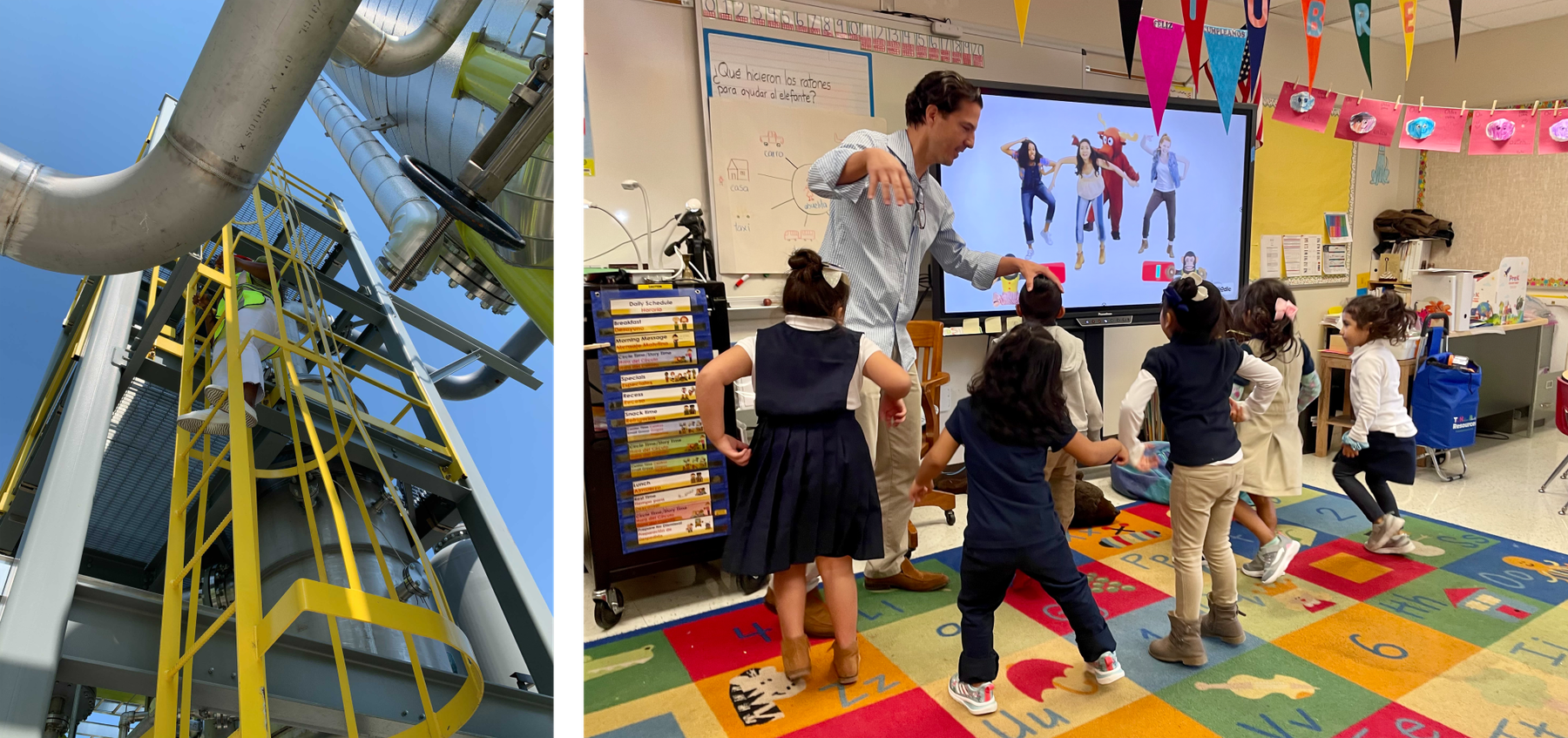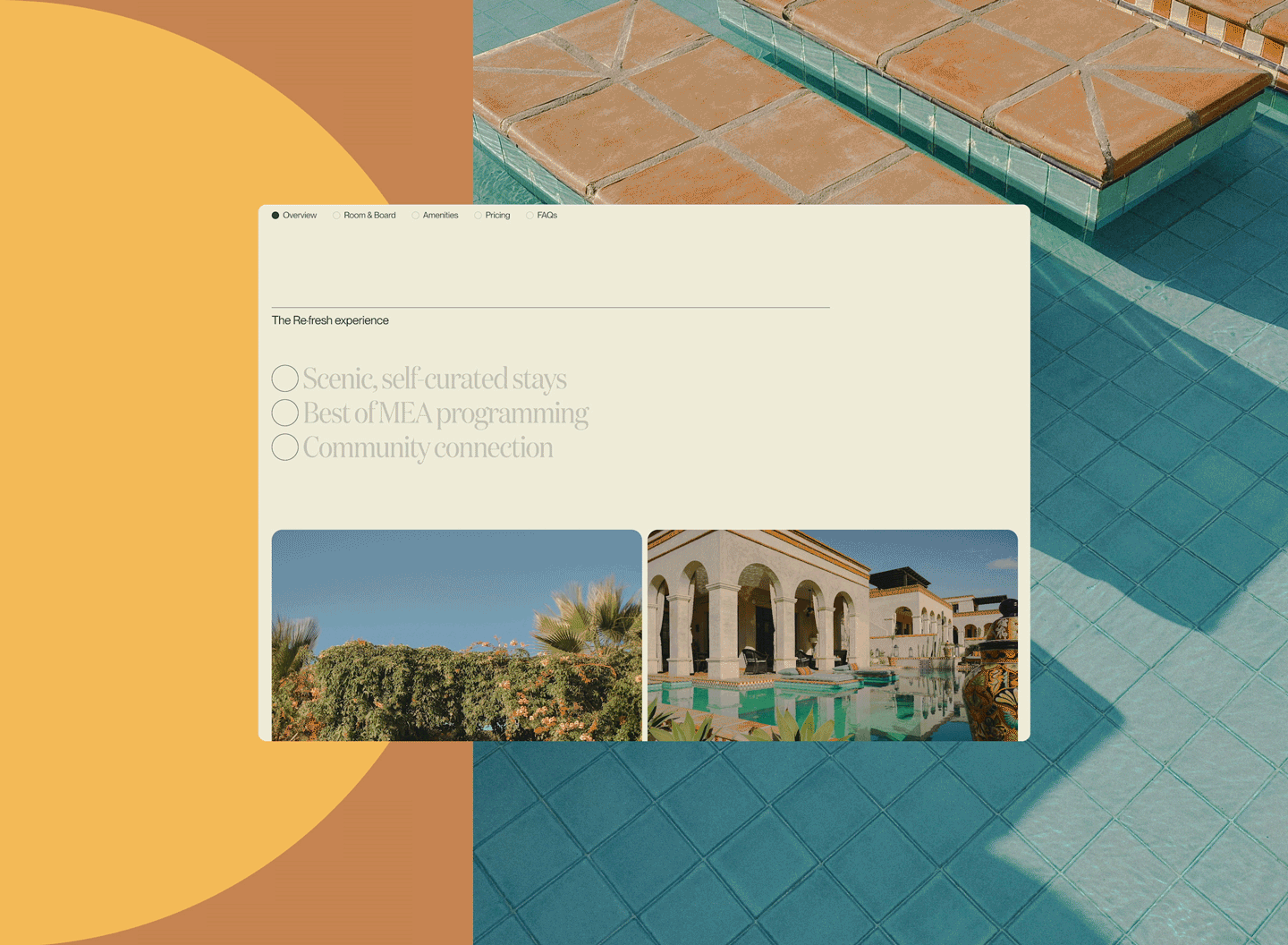We often take a small spark of an idea and turn it into a real product that’s out in the world in as little as 12 weeks. We used to call this a ‘minimum viable product’ (MVP) until we realized that wasn’t quite right.
The term ‘minimum viable product’ was popularized by Eric Ries, author of The Lean Startup. It refers to the smallest version of a product you can use to begin learning from users. Starting small and smart has always been a part of our ideology, so we liked that aspect of the term.
Then the term ‘minimum lovable product’ (MLP) was coined by Brian de Haaff, the founder of the road map software Aha!. As a counterpoint to MVP, the MLP targets an experience that users love from the start. It’s the minimum required for them to delight in and cherish the product, not just put up with it. When we heard this description, something clicked. ‘Lovable’ felt so much truer to the work we had released into the world over the past few years, and much more representative of what product owners and clients actually want and need.
When an MLP launches, there may still be plenty of to-dos on the punchlist, but if it’s lovable, users will connect with it. Now they’re in your corner for the rest of the development process and through all its growing pains. Without that early bond and goodwill, a product will often end up back where it started pre-MVP, because you still haven’t solved for lovability. While an MVP might technically work, it’s not actually an acceptable outcome for the investment that typically goes into a new product. A literal minimum viable product can kill business momentum, sidetrack strategy, and damage the most important aspect of the products we build: the community.
To avoid an MVP that underdelivers, it’s tempting to run a more ambitious project that aims to overshoot an MVP. But when a project overdelivers too much too soon, it can be just as damaging as underdelivering—resources have been spent down, locking in a fully-baked product that can’t easily learn from its early users and grow in the right direction. The reason the concept of an MVP originally appealed to us was its start-small ethos—we hate fluff, feature bloat, and big investments in untested theories. We value getting to the core of the what people need, and making that. Simply put, we want to make the right thing. An MLP is the Goldilocks of product launch scope.
For an example we can use Koala Health, a site we launched that’s designed to make managing pet medications easier. The MVP would have focused purely on giving customers the ability to create and order a recurring, customized care box (a nuanced and complicated e-commerce experience in itself, as we would learn!). But we wanted the experience to feel a bit more like a warm hug: “Welcome! We know it’s been stressful to manage your pet’s chronic illness, but you’re not alone. We’re here now and so are other sweet pets all around the US. We gotchu!”
So we incorporated design and brand touches that referenced real customers, welcoming users into a community. This was one of the techniques we used to make the product feel lovable, over just viable. Working with a nimble, design-forward process is extremely effective for building experiences that are special and smart. A team that has the chops to figure out what core product functionality is needed at launch while also being fluent in delightful UX/UI capabilities is key to capturing user hearts from the beginning.

Another key to lovability: familiarity. We knew how to design for the Koala community thanks to our Vision process, in which we push, pry, and get to the bottom of things. Our research is immersive, and we don’t hold back. We run 1-on-1 interviews across your business, craft surveys, talk to your current or prospective audiences, and interview current and prospective investors. We get in front of and amongst your people, your audience, and your users.
To build a better educational platform for GoNoodle, we sat in classrooms for a week observing, asking questions in English and Spanish, wrangling classrooms of kids, and interviewing teachers on picnic benches. As part of our work with Solugen, we toured the carbon-neutral molecule manufacturing plant, climbing up the machinery for a deeper understanding. This isn’t just for fun (though we do have a lot of fun!). It’s designed to really home in on not just what the product will do, but what would make it truly captivating to the core audience.

MLPs are a positive trend for everyone in the life cycle of a product, from the business behind the product to the build team to the users, and it’s good to see a lot of new products that are pushing beyond mere viability and focusing on community. Midjourney’s original product launch was only through Discord, which let them gain fans (and get easy, instant feedback) without overly investing in features that didn’t matter in the early stages. The Browser Company is ultra-transparent; their CEO Josh Miller takes users along for the ride while building and thinking about features to make the Arc browser more useful and lovable. Their candid newsletter and CEO Voice Memos mini-podcast are a great example of how to share behind-the-scenes thinking and build community around an app that’s in development. Another product journey worth watching is Marathon, our alum Josh Pensky’s recently-launched and quickly-evolving app.
Up next, we’ll get into how a collaborative project process can optimize for lovability.




